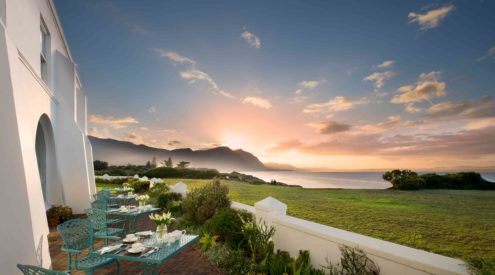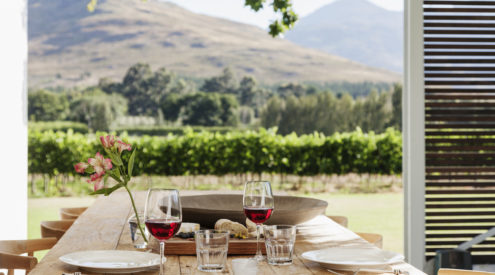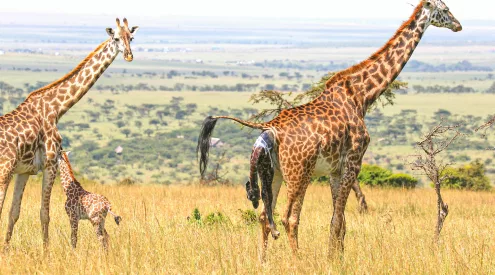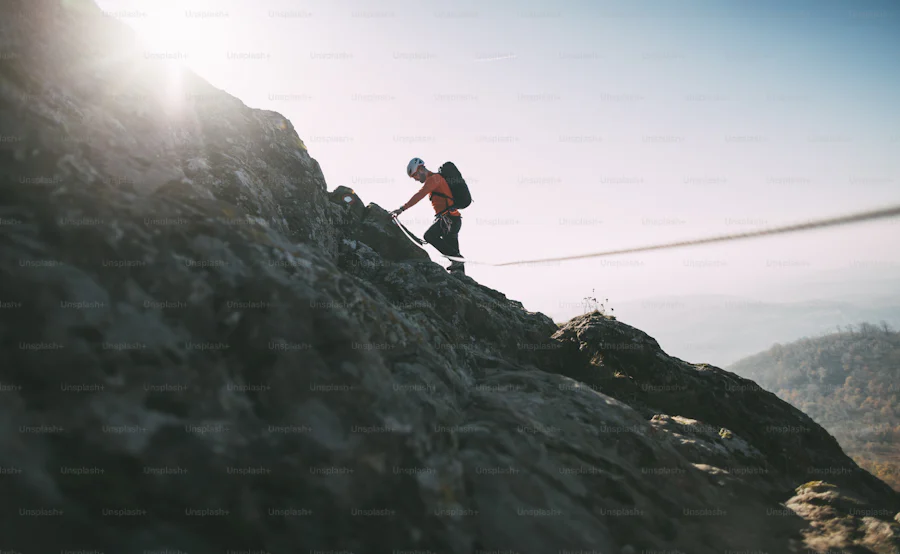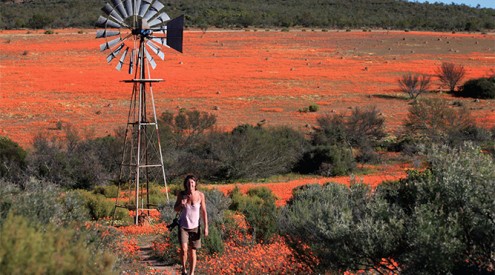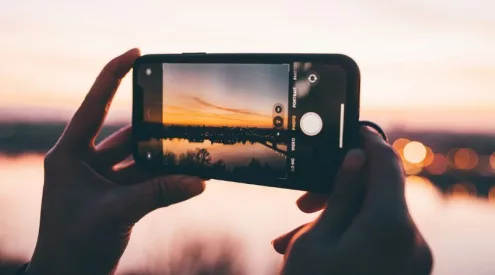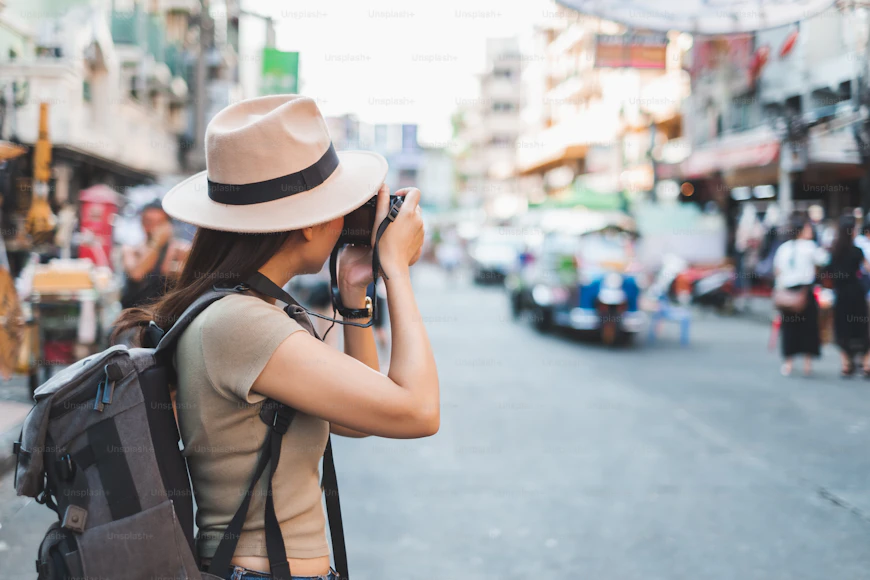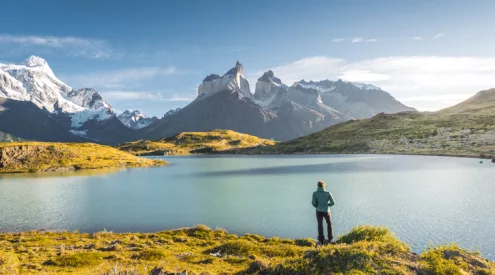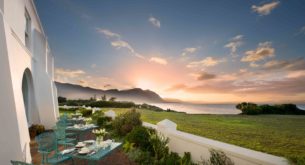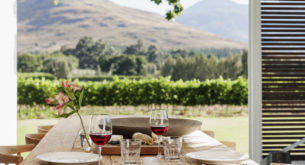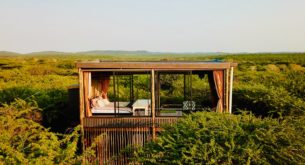With its scenic diversity and excellent roads, its easy to fall in love with Zimbabwe. We did on a leisurely drive along the country’s eastern belt stopping off in Nyanga, the Save Valley and Masvingo‘s Great Zimbabwe.
Nyanga
Situated in the eastern highlands, Nyanga is the Drakensberg of Zimbabwe. It’s centrepiece, Troutbeck Dam, is a scenic expanse of water, surrounded by misty pine forests, towering gum trees and captivating mountain peaks. We were lucky enough to stay on friend’s estate but there are a number of accommodation options to choose from. Avoid Troutbeck Hotel – although its situated directly on the dam, its expensive and the hotel atmosphere does nothing to reflect the enchantment of the area. I’d suggest finding something off the main drag, as the scenery when you get up into the mountains is breathtaking.
Bar a cordoned off area of the estate that now belongs to a war veteran and his cattle, we were free to roam the sprawling grounds, often having to bundubash through uninhibited brambles and dense thicket. Mist shrouded the hills and forests for much of the time, coating our surroundings in mystery. Light drizzle and morning dew brought the sweet scents of gum, pine and healthy soil to life.
While fishing on Troutbeck Dam ($15 a day, includes an hour on a rowboat) and forest wandering took up most of our time in Nyanga, it was the hour-long visit to World’s View that stands out most in mind. The title is audacious, I know, but once you get up there, it makes perfect sense. It is rumored that on clear days you can see as far as Harare. Although we couldn’t, the vastness of the view cannot be overstated. We arrived in the late afternoon – that perfect time of day when everything seems to glow. The light was unbeatable and the mist had lifted. Endless green hills and the East African Highlands mountain range rolled out beneath us, not one bump looking the same as the other. This is something I truly love about Zimbabwe’s mountains and koppies – they are each so uniquely shaped, like a display of figurines each molded by a different hand. If for no other reason, go to Nyanga to see World’s View for yourself. For an entry fee of $1, it’s the cheapest high you are likely to find.
Save Valley
From Nyanga we headed back through Mutare into southeastern Zimbabwe’s Save Valley Conservancy. The change in scenery and temperature kicked my senses alive – cold, misty mountains melting away into hot bushveld. We entered the Save Valley Conservancy (the largest piece of privately owned land in the world) at its northern entrance and drove for two and a half hours along gravel road (badly corrugated at times) to Senuko Safari Lodge where we spent two nights. The lodge is currently under repair from fire damage, so the room we stayed in, overlooking a waterhole, open bush and countless baobabs, cost us just $50 a night on a self-catering basis. The rooms are beautiful – completely open on the bush facing side with thatched roofs and teak finishes. Waking up in our four-poster bed, we were greeted with a luxurious view of baobabs against the rising sun.
You are free to drive around the conservancy in your own vehicle – day or night. The Big Five are all accounted for (the conservancy is known for black rhino conservation) and the freedom to drive anywhere, anytime in search of them is a pleasure not often afforded. We arrived shortly after a bout of rain so visitors to the waterhole below our room were limited to a family of warthogs and a skittish kudu. I am told that during the dry season the waterhole is a popular drinking ground – guests can sightsee from the comfort of their patio armchairs.
Great Zimbabwe
From wildlife to ancient ruins – Zimbabwe caters for every taste. After exiting the conservancy the same way we came in, it was a two-hour drive to Great Zimbabwe. We turned left off the A9, 40 or so kilometres before Masvingo. After a few (fun) kilometres of eroded gravel, the road turned into a narrow, tarred strip that wound unobtrusively through an assortment of pristine woodlands, green hills and tawny koppies. Closer to the ruins, smooth boulders rose up on either side of the road, with what looked like stretch marks running vertically downwards. The dark lines, closely spaced and slightly curved, afforded the granite beasts a kind of movement. After passing Lake Mutirikwi, we wound about a little further before arriving at the boom marking the entrance to Great Zimbabwe. We happily paid $15 each for entrance and an additional $3 for a guide (I recommend getting a guide – the history is fascinating).
Great Zimbabwe was once the capital of the Kingdom of Zimbabwe, acting as a royal palace for the Zimbabwean monarch from 1100 to 1450 AD. For reasons unknown (although many have speculated), the city was eventually abandoned and fell into ruin. Portuguese traders first discovered the ruins in the early sixteenth century, believing they had found the fabled capital of the Queen of Sheba. Only in the 19th century did British archaeologists conduct a proper investigation of the site, stirring up great controversy in the archaeological world. The archaeologists received political pressure from the then white supremacist government of Rhodesia to deny that native Zimbabweans could have been responsible for such sophisticated architecture and artefacts. Great Zimbabwe has since been adopted as a national monument by the Zimbabwean government, with the modern state being named after it.
After a visit to the museum and a short history lesson, we made our way up, down and through the ruins, ooh-ing and aah-ing at every turn. The ancient architecture is made up of rectangular stones of varying sizes – placed atop one another to form archways, winding staircases, look out points, amphitheatres and walls as high as 11 m meters. The bizarre thing is that there is no mortar holding the stones together. It’s a balancing act of stupefying proportions – a house of cards that has remained standing for hundreds of years. The sun was just starting to set as we headed to our final stop – the Great Enclosure. Tall aloes led the way – their red flowers set alight by the sun’s orange glow. We wondered around between the high circular walls, losing each other in the various nooks and crannies, cameras going wild along with our imaginations.
Freedom to choose
The joy of overlanding is the freedom to go wherever the road takes you. I relished this freedom more than ever in Zimbabwe. The changes in landscape – dramatic and subtle – can only really be appreciated from the road. When one considers how much there is to choose from (we only covered the lower eastern strip and by no means exhaustively), the admin and expense of having wheels is easily justified.
Contact
Troutbeck Hotel
Tel +263 29 8487
[email protected]
Senuko Safari Lodge
[email protected]

